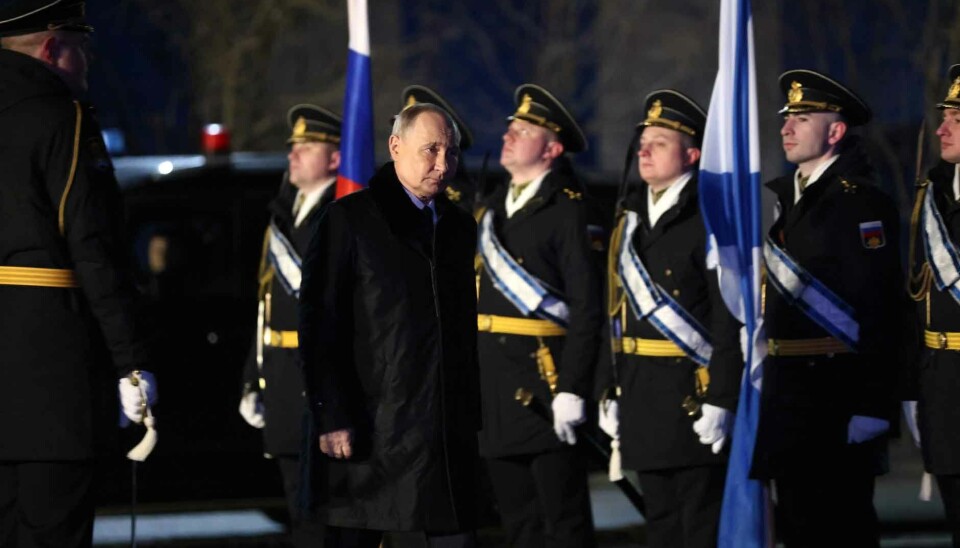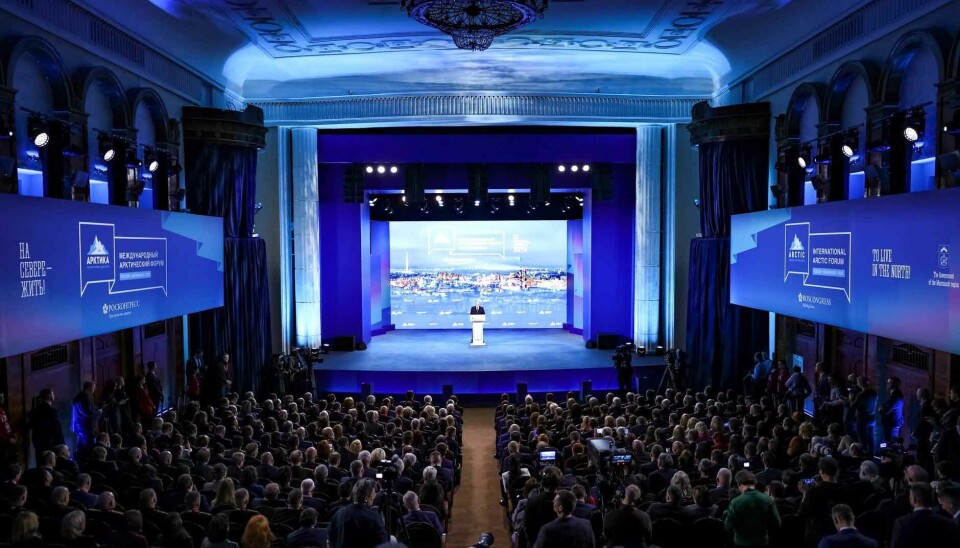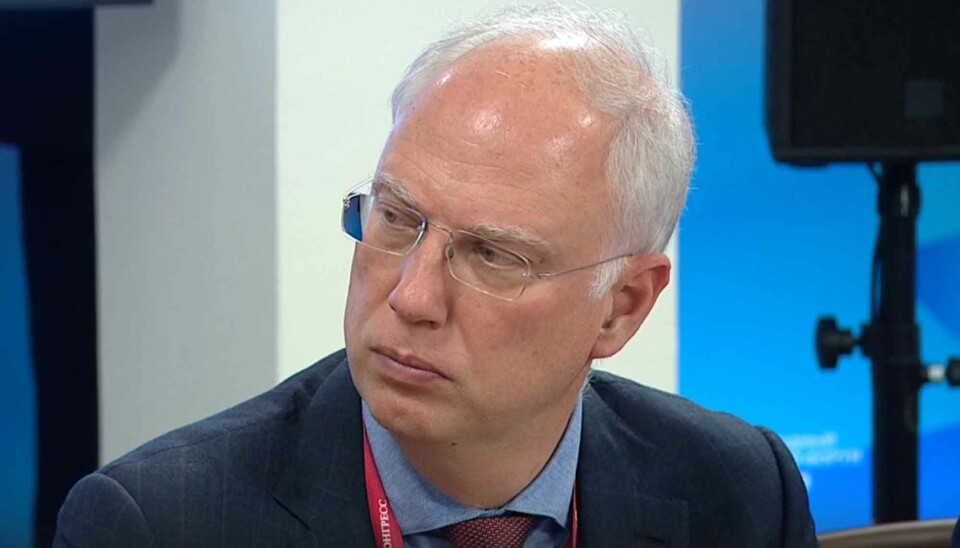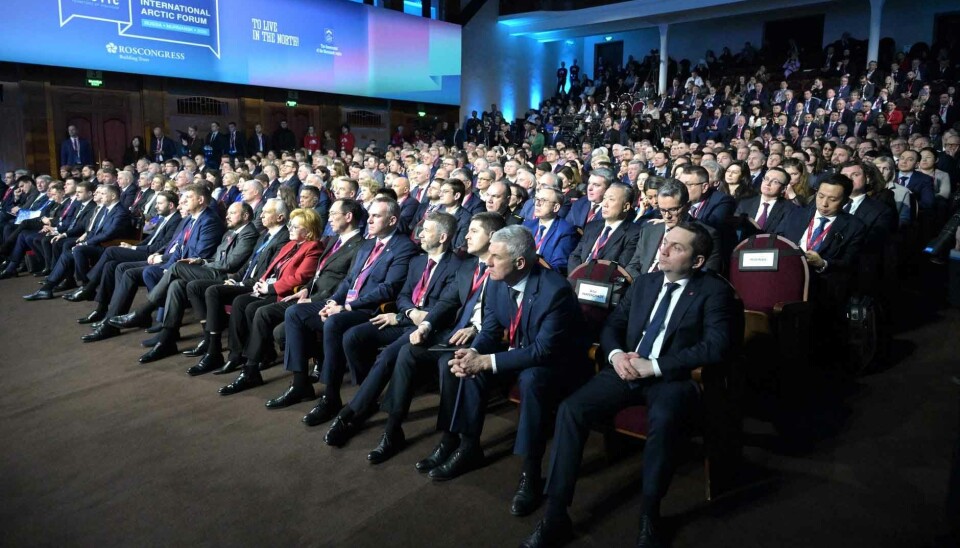
Belligerent Putin raises his bets in the Arctic
Emboldened by Donald Trump's aggressive stance on Greenland and his friendly approach towards the Kremlin, Vladimir Putin again increases the stakes in the Arctic. Among his new projects is the opening of a 'trans-arctic transport corridor.'
The country is moving towards economic collapse, instability looms and the war against Ukraine is killing a generation of young men.
But during his visit to Murmansk this week, Vladimir Putin maintained that Russia still has the economic and military super-power needed to embark on new, huge Arctic ventures.
In the course of the visit, the Russian ruler outlined grand plans for new industry, infrastructure, Arctic shipping routes and cooperation with international partners. Including with partners from the West, "if they express interest."
For many of the people that on Thursday night attended the Murmansk Philharmonie to listen to Putin's speech, the ambitious Arctic plans must have been perceived as castles in the air. They have heard most of it before.

At the same time, there was a sense of new significance. After all, the Arctic of today is in a state of flux.
The visit to Murmansk comes as the new US administration pushes for a takeover of Greenland, and Donald Trump appears ready to resume political and economic relations with the Kremlin.
The new US-Russian relationship could ultimately include easing of sanctions and cooperation in the Arctic, and one of Putin's key mediators with the Trump team has apparently already invited the Americans to the region.

In his speech in Murmansk, dictator Putin did not say a word of condemnation of Donald Trump and his statements about Greenland. As a matter of fact, the expansionist US stance on Greenland is a welcoming signal of support for Putin's own imperialistic policy towards Ukraine and other neighbouring countries.
Among the key new initiatives presented by Putin during his visit to Murmansk is a new 'trans-arctic transport corridor.'
Putin ordered his government to prepare for the development of the corridor. A financial, economic and organisational model for the project is to be presented by August 1 this year, he said.

The transport corridor is presented as an extension of the Northern Sea Route. It will include shipments all the way from St.Petersburg and Vladivostok. But it could potentially also facilitate shipments across the North Pole to North America.
"Yes, infrastructure projects are complicated and costly, and they have a long pay-back period. But exactly this kind of projects can in a new way provide Russia's real transport sovereignty [and] I am confident that foreign partners, if they join the projects, will have their investments secured in a long perspective and with good returns," Putin said.
He added that the Russian Arctic is abundant with natural resources, including rare earth metals.
According to the Russian dictator, the trans-arctic corridor project will be strengthened by several so-called multi-modal hubs and logistical centres. Similarly, several grand infrastructure projects must be developed, including new railway lines across the regions of Komi and Yamal-Nenets Autonomous Okrug.
In addition, new ships and shipyards must be developed, including nuclear icebreakers. Putin gave the green light for the building of additional two more Arktika-class icebreakers, which will bring the number of vessels of the class to eight.
During the visit to Murmansk Putin also reaffirmed his commitment to continue construction of the Rossiya, the country's first 120 MW icebreaker of the Lider-class.
Over the past decade, Putin has repeatedly presented grand visions for the Arctic, and promoted the region as a top geopolitical, economical and military priority.
But the plans are behind schedule. And the war in Ukraine and the subsequent international sanctions have led to a partly or full stop in several of the biggest projects, among them the Belokamenka construction yard in Murmansk and the Arctic LNG 2.
Putin's grand ambitions for the Arctic have not made the region more stable, nor peaceful or prosperous. Nor has his so-called care for Arctic nature made it cleaner or sustainable. On the contrary, the building of new remote Arctic military bases and infrastructure, and deployment of advanced weapons, has accelerated regional militarisation. And the construction of huge oil and gas plants on the remotest tundra and shipping with ageing oil tankers through icy waters have dramatically increased risks for Arctic environmental disaster.













